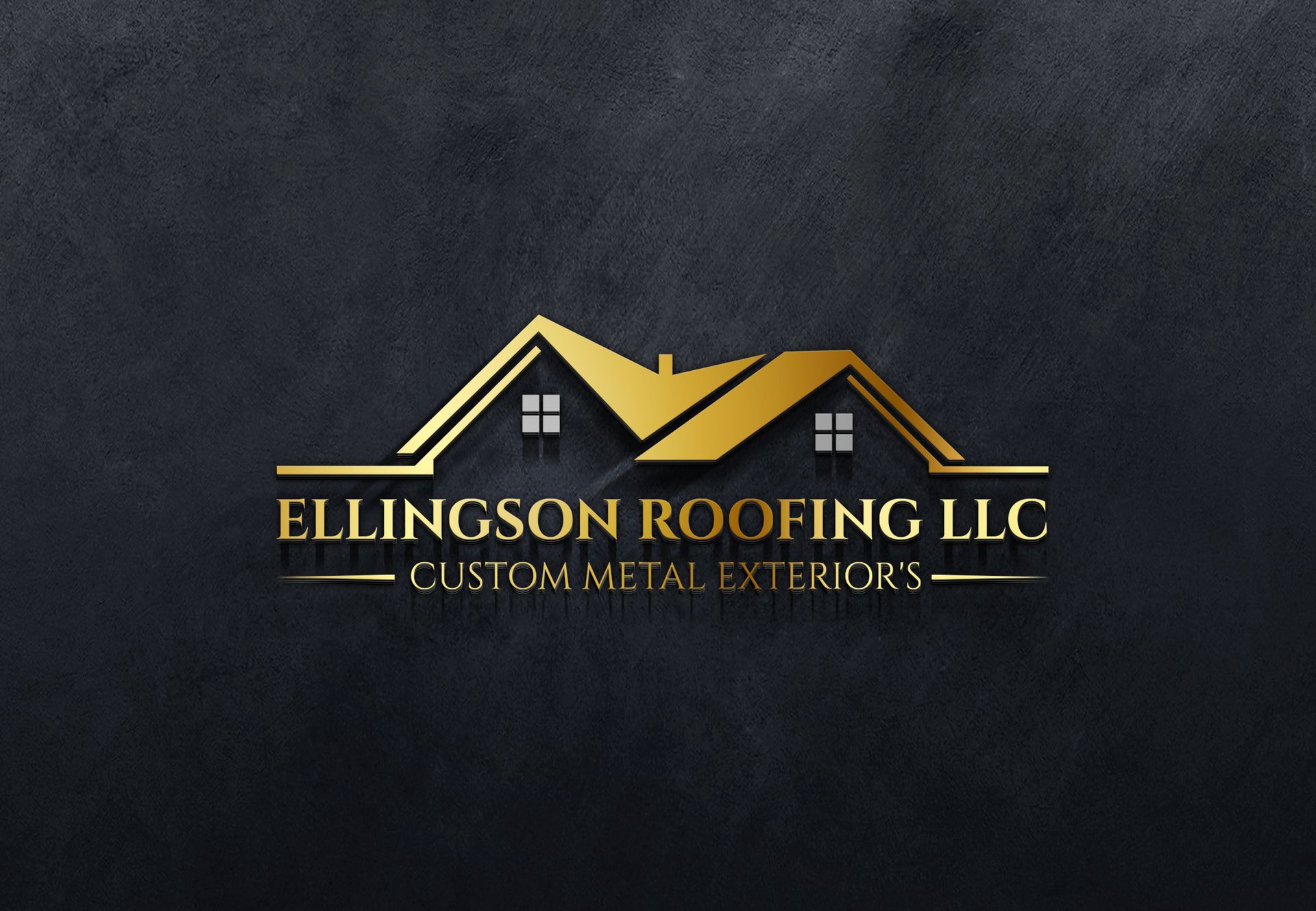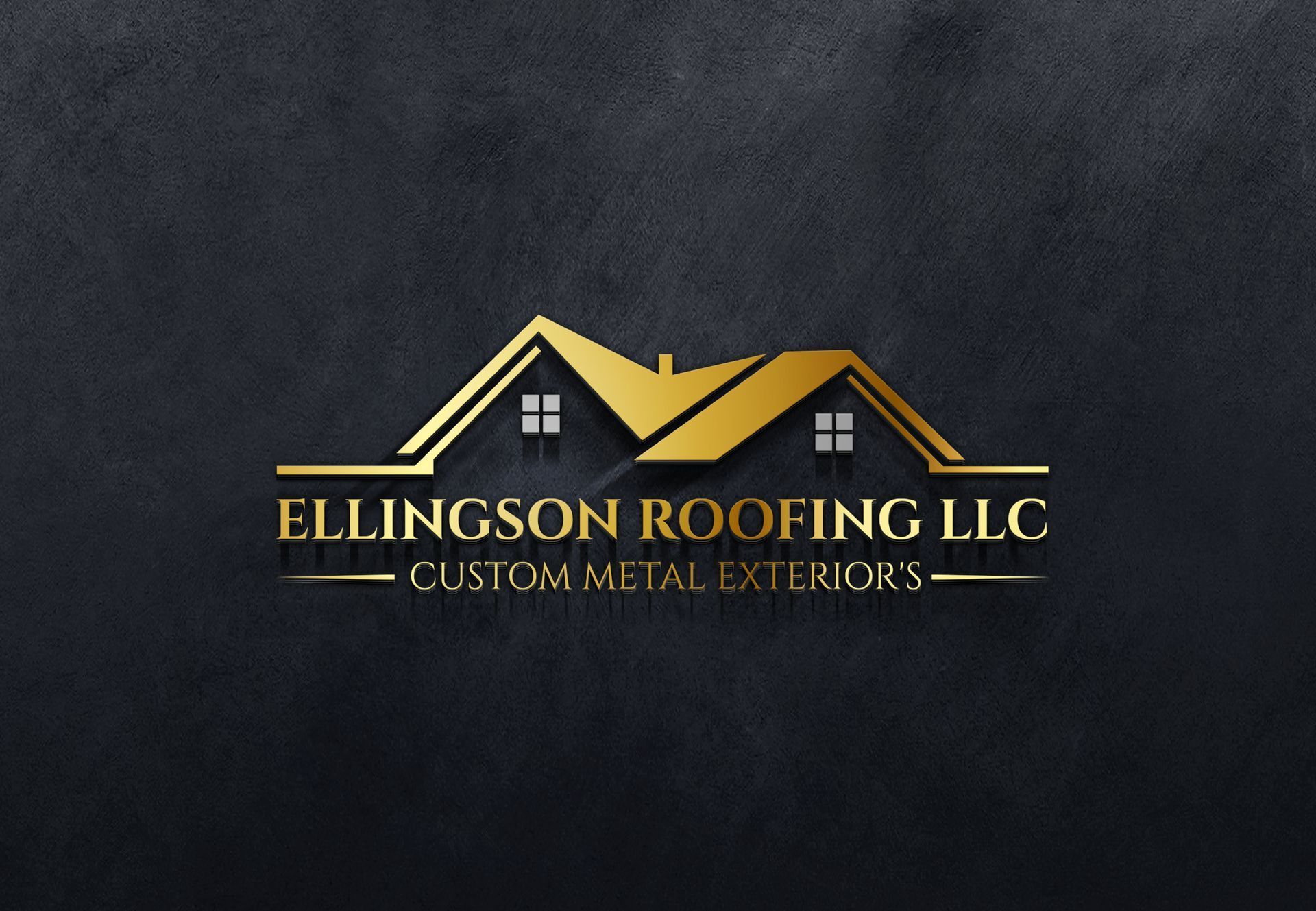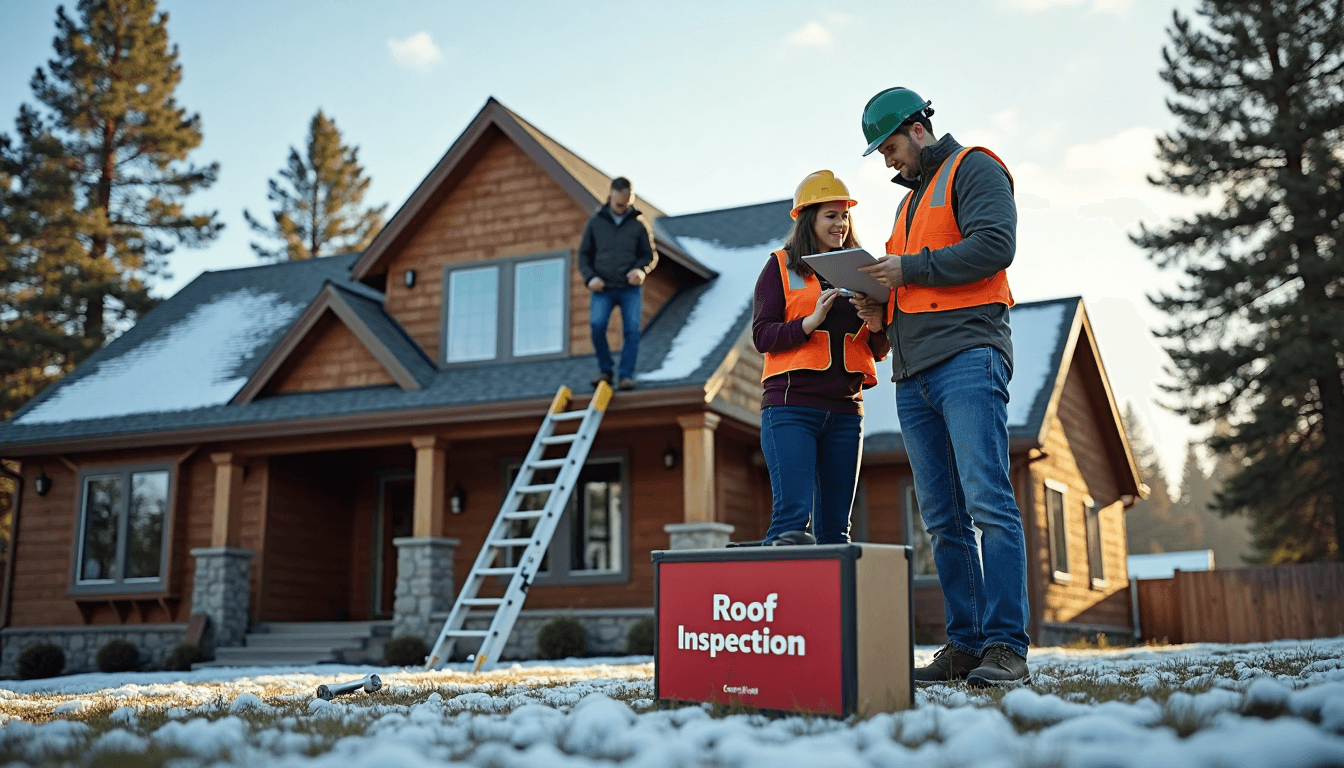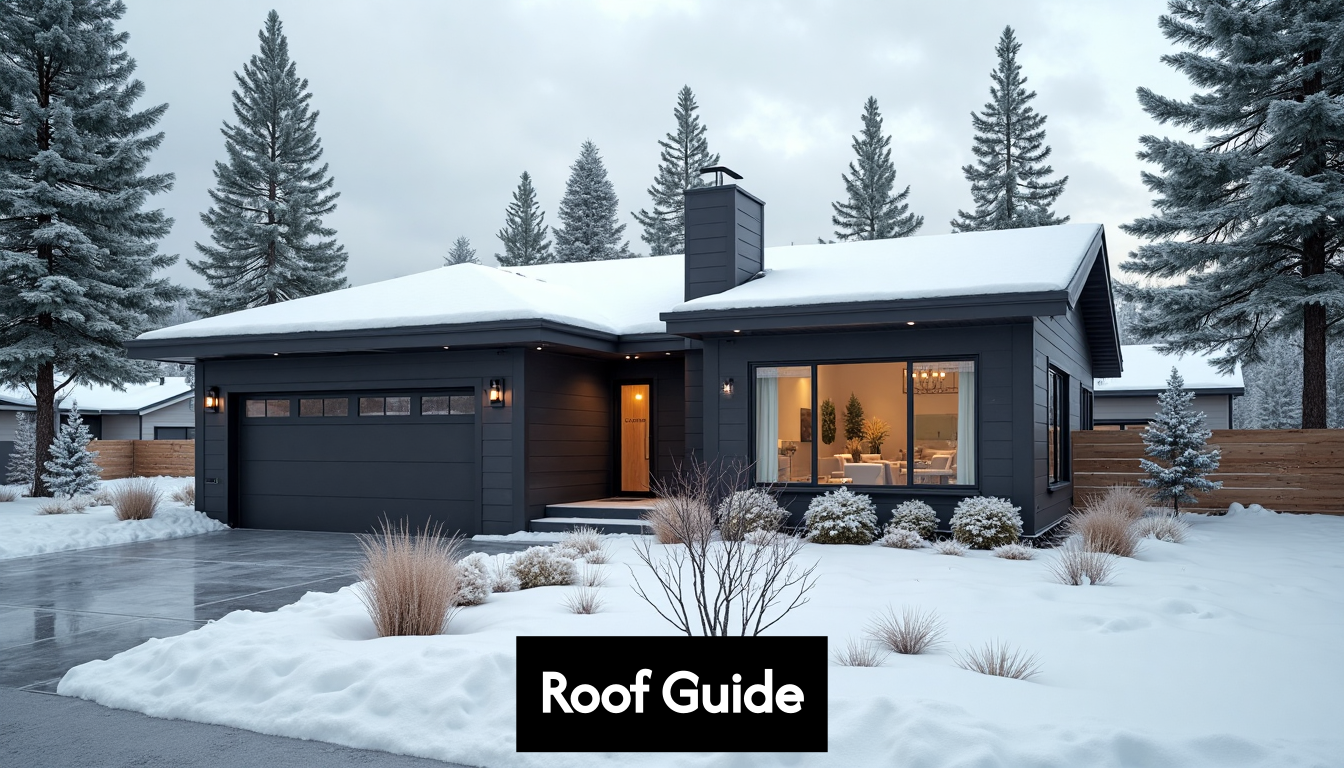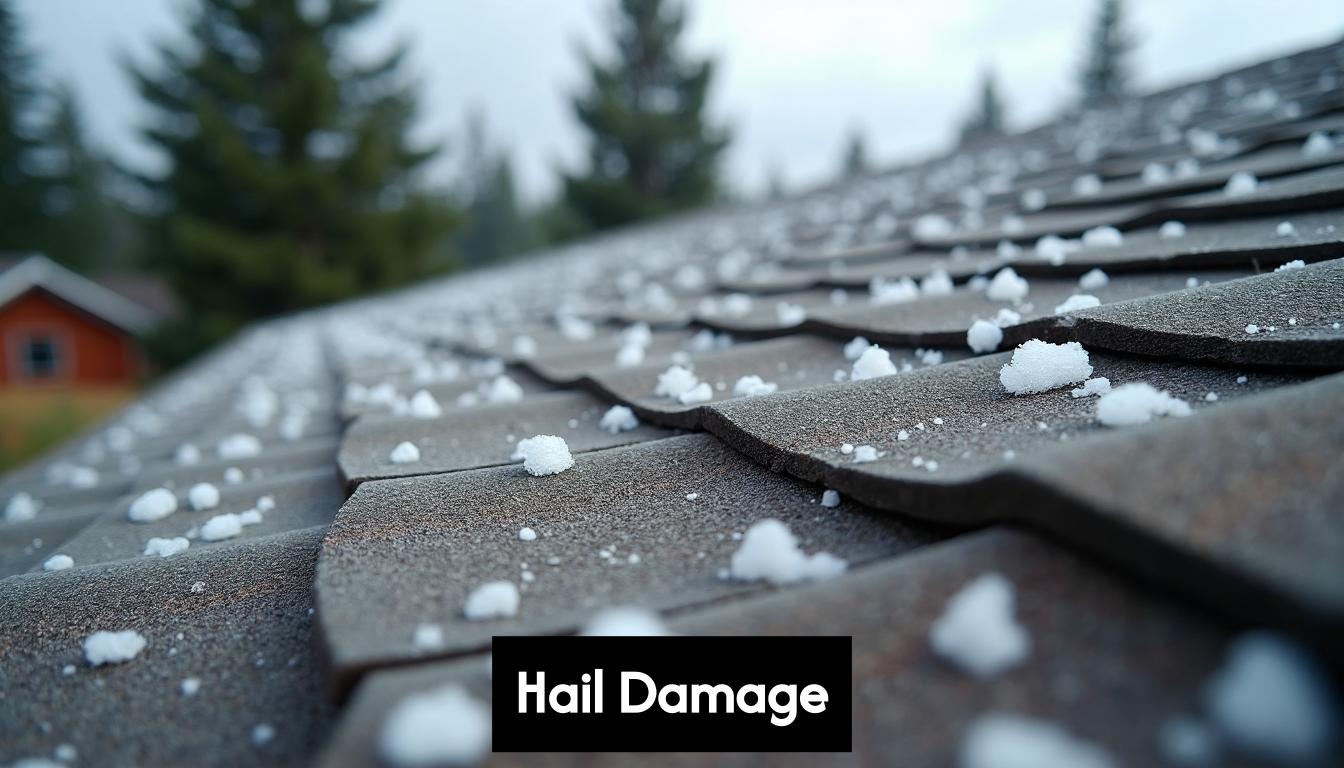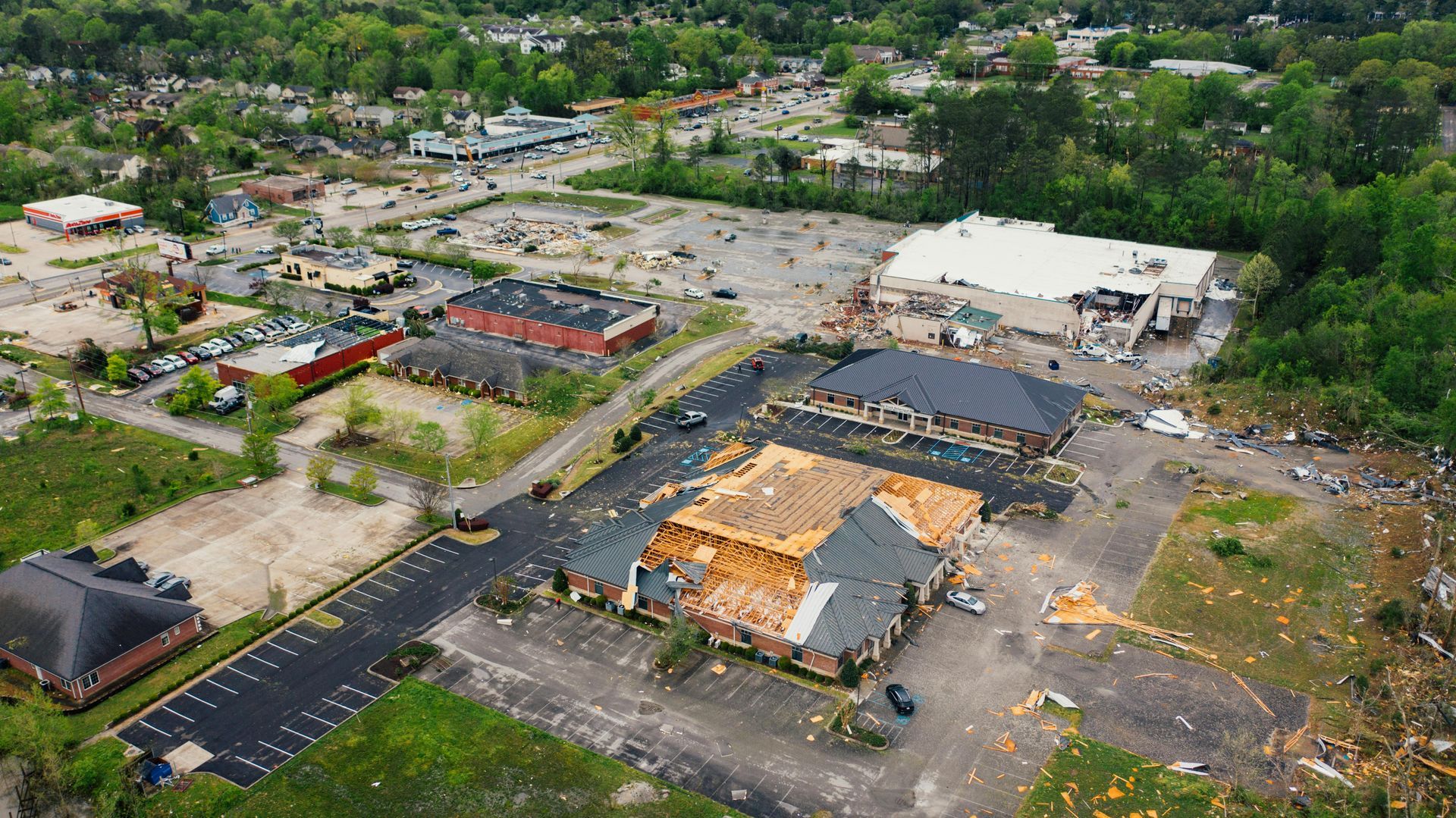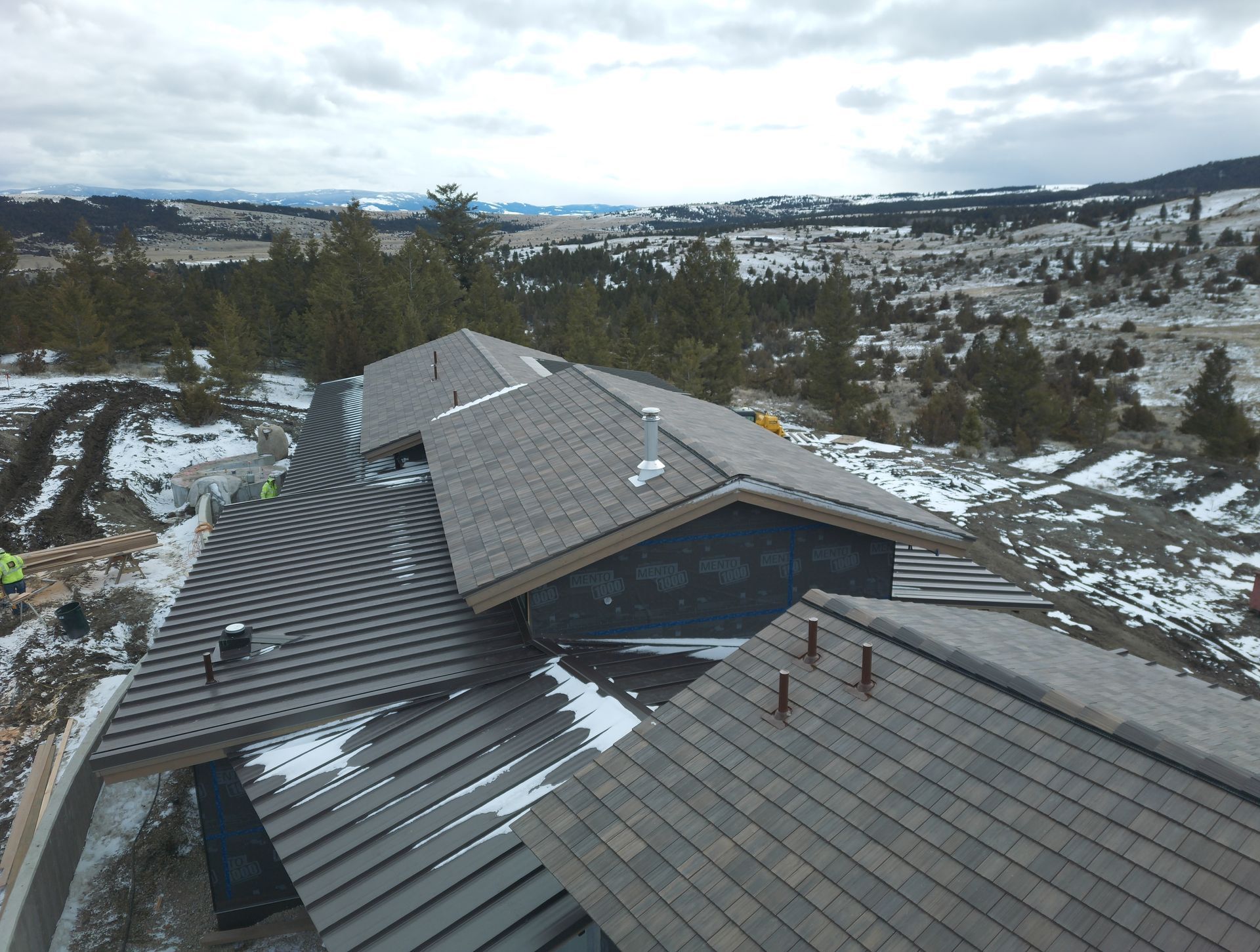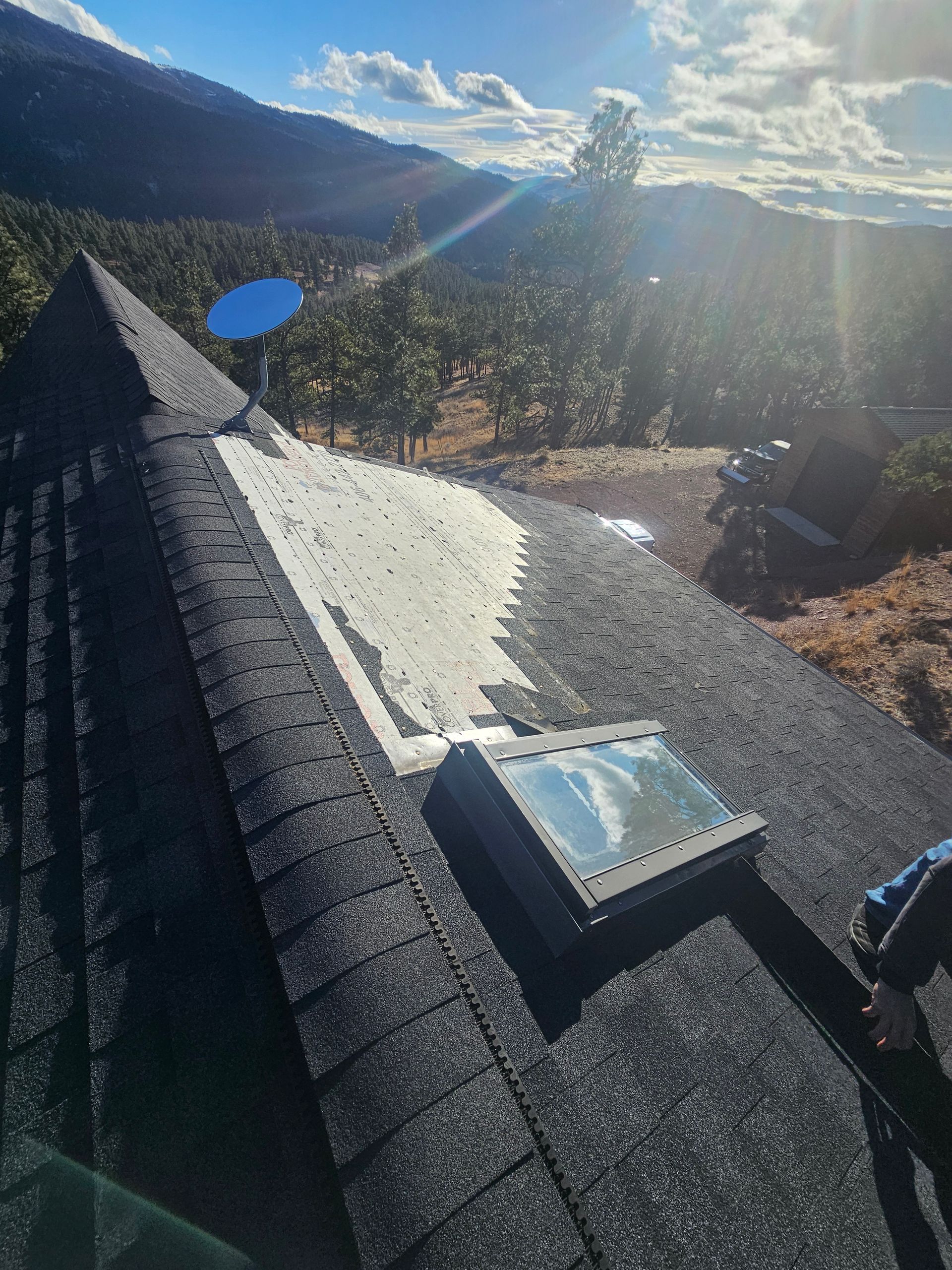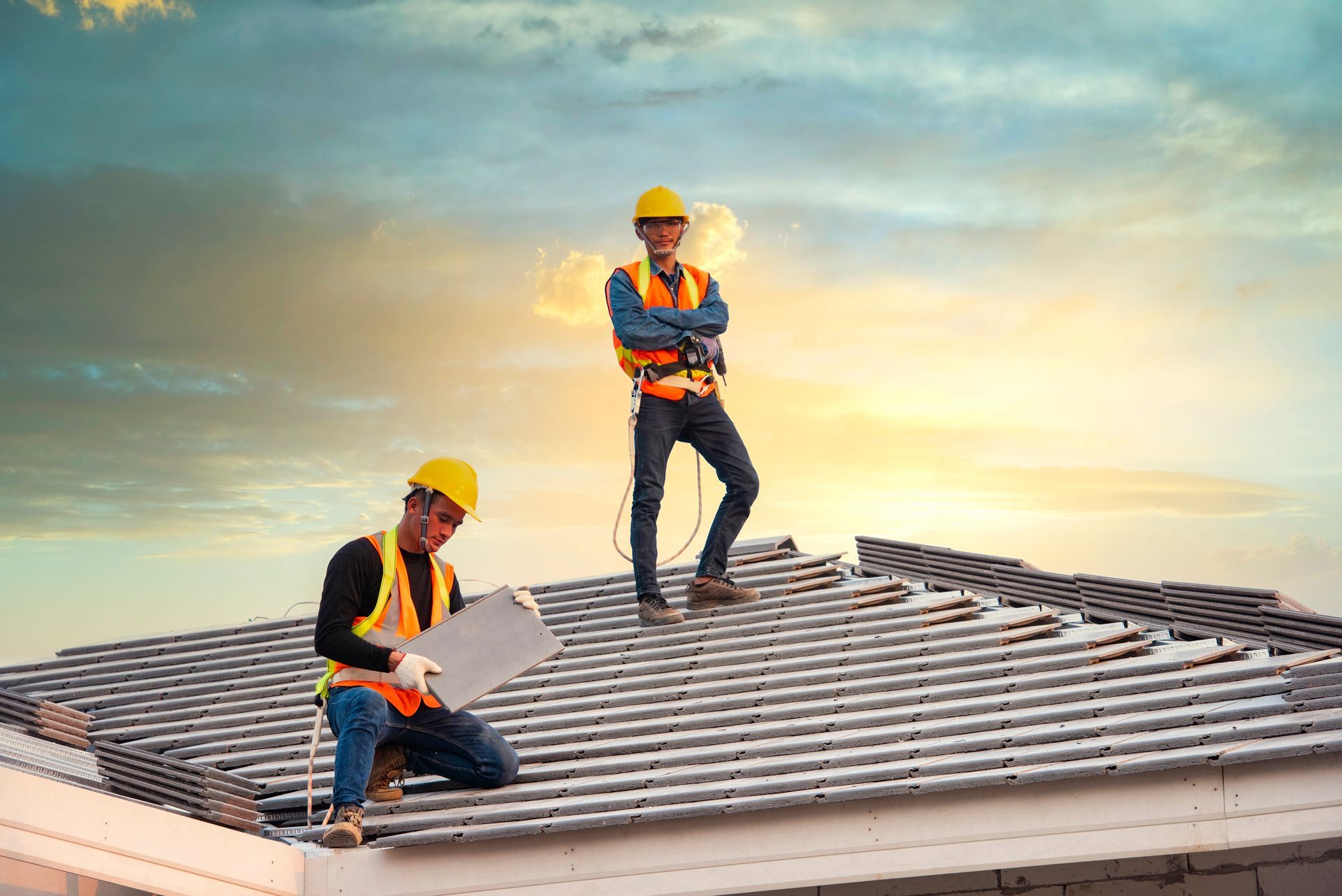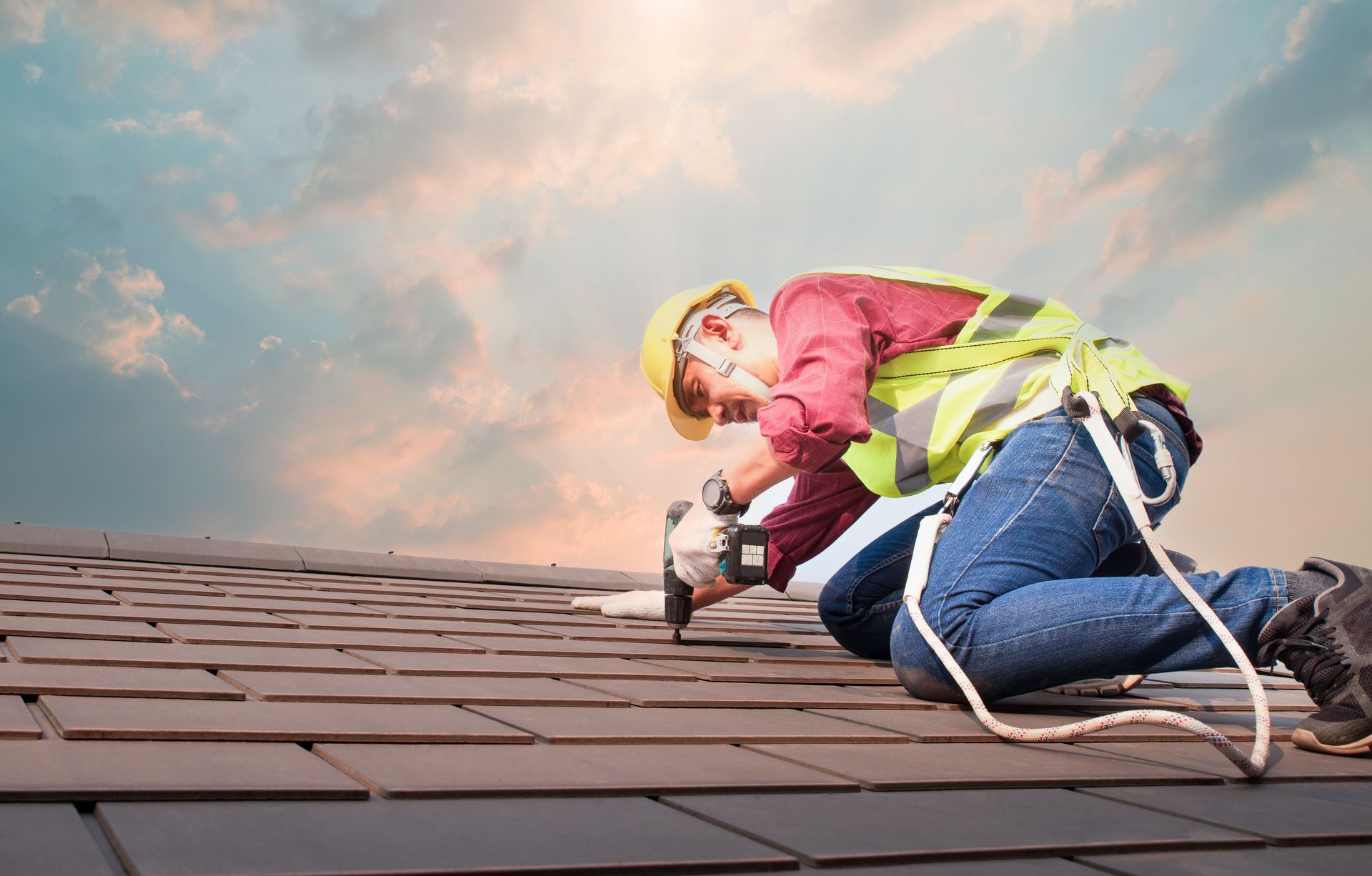Roof Replacement Process
Guide for Helena and Montana in 2025
Replacing a roof in Helena or anywhere in Montana is no small task. The average roof replacement nationally can cost over twelve thousand dollars and in Montana, harsh winters make every decision count. Here is the shocker. Even with all that money spent, many homeowners end up with roofs that need expensive repairs within just a few years. The real difference between a roof that lasts and a roof that fails is all about what happens before and after the installation—not just the materials you pick or how fast the crew works.
Table of Contents
- Understanding The Roof Replacement Process
- Comprehensive Initial Assessment
- Step-By-Step Roof Replacement Procedure
- Material Selection And Performance Considerations
- Key Steps Before Starting Your Roof Replacement
- Comprehensive Roof Inspection And Damage Assessment
- Financial Planning And Budget Development
- Preparing Your Property For Roof Replacement
- What Happens During The Roof Installation
- Removing The Existing Roofing System
- Roof Deck Preparation And Protective Layering
- Final Installation And Quality Assurance
- After The Roof Replacement: Inspections And Care
- Establishing A Regular Inspection Schedule
- Proactive Maintenance Strategies
- Documentation And Warranty Management
Quick Summary
| Takeaway | Explanation |
|---|---|
| Comprehensive Initial Assessment is Crucial | A thorough professional inspection before roof replacement identifies structural issues and potential water damage, aiding in accurate budgeting and planning. |
| Detailed Roof Replacement Procedure | The systematic process involves removing old materials and thorough inspections, ensuring a robust installation tailored for Montana's climate challenges. |
| Regular Maintenance is Essential | Establishing a regular inspection schedule and proactive maintenance strategies can significantly extend the roof's lifespan, preventing extensive damage over time. |
| Strategic Material Selection is Key | Choosing appropriate roofing materials based on local climate and budget ensures optimal performance and energy efficiency for your home. |
| Proper Documentation and Warranty Management | Keeping detailed records of inspections, repairs, and warranties supports long-term care and aids in future maintenance or potential home sales. |
Understanding the Roof Replacement Process
Roof replacement represents a significant investment for homeowners in Helena and Montana, requiring careful planning and comprehensive understanding. The process involves multiple critical stages that ensure your home receives a durable, high-performance roofing system capable of withstanding the region's challenging weather conditions.
Comprehensive Initial Assessment
Before any roof replacement begins, a thorough professional inspection is crucial. Experienced roofing specialists will evaluate your current roof's condition, identifying potential structural issues, water damage, or underlying problems that might compromise the new installation. According to International Association of Certified Home Inspectors, comprehensive roof assessments typically examine multiple components including:
- Structural Integrity: Checking roof deck stability and identifying potential wood rot or structural weaknesses
- Current Material Condition: Assessing existing shingles, flashing, and underlayment for signs of deterioration
- Moisture Damage: Detecting potential water infiltration points and hidden moisture-related problems
This detailed evaluation helps homeowners understand the full scope of their roof replacement project and develop an accurate budget and timeline.
Step-by-Step Roof Replacement Procedure
The actual roof replacement process follows a systematic approach designed to maximize efficiency and quality. National Roofing Contractors Association outlines a comprehensive procedure that local Helena contractors typically follow:
- Complete removal of existing roofing materials
- Detailed inspection and repair of roof decking
- Installation of protective underlayment
- Strategic placement of new roofing materials
- Final quality checks and cleanup
Each step requires precision and expertise. Professionals use specialized tools and techniques to ensure proper roofing installation, considering Montana's unique climate challenges such as heavy snowfall, temperature fluctuations, and potential hail damage.
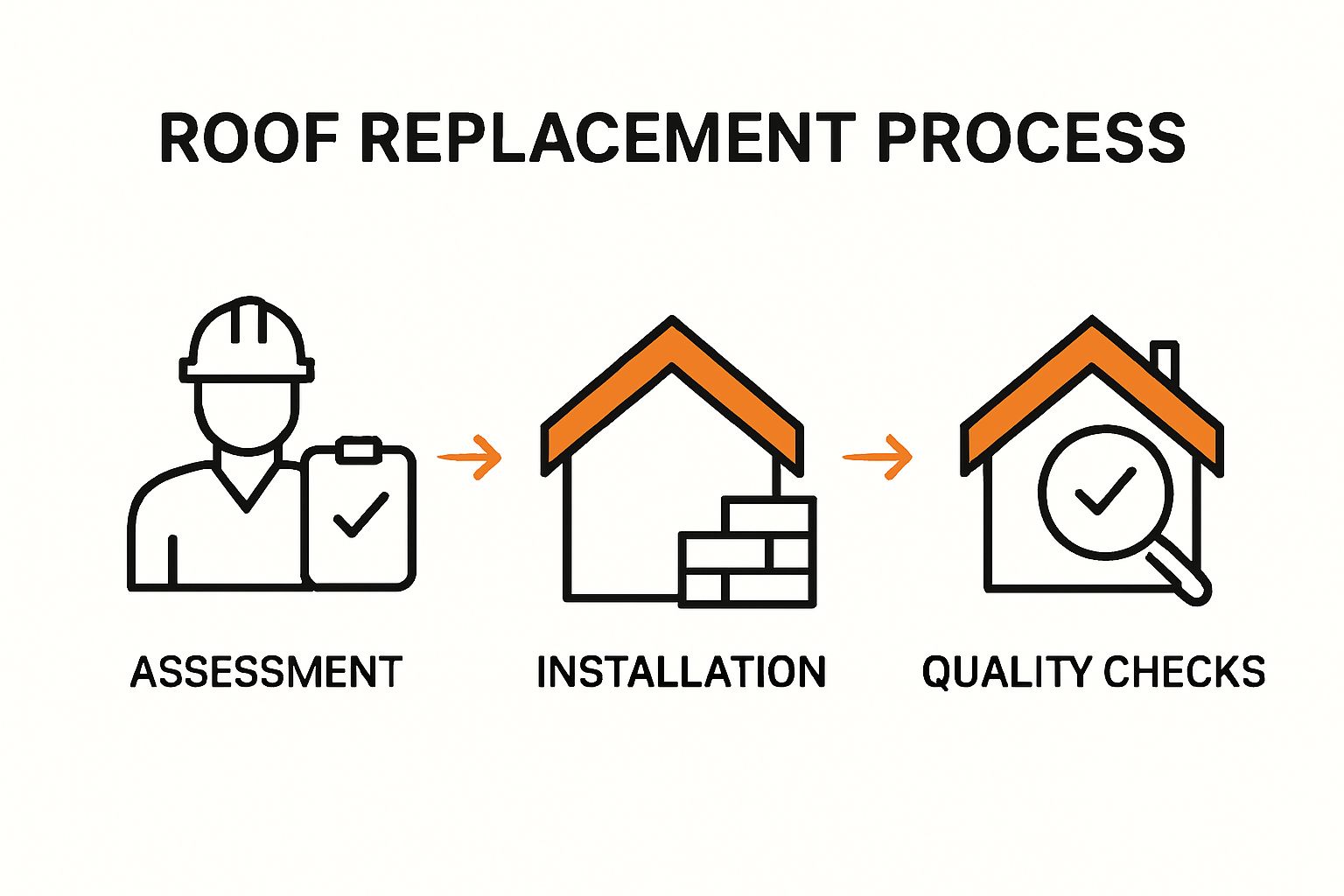
Material Selection and Performance Considerations
Choosing appropriate roofing materials is critical for long-term performance. Different materials offer varying levels of durability, energy efficiency, and aesthetic appeal. Building Research Establishment suggests evaluating factors like:
- Local climate conditions
- Home's architectural style
- Budget constraints
- Long-term maintenance requirements
For Helena and Montana homeowners, materials like architectural asphalt shingles, metal roofing, and composite options provide excellent protection against extreme weather conditions. Professional roofing teams can recommend specific solutions tailored to individual property needs, ensuring optimal performance and longevity.
Understanding the roof replacement process empowers homeowners to make informed decisions, collaborate effectively with roofing professionals, and invest confidently in their property's protection and value. By prioritizing comprehensive assessment, professional installation, and strategic material selection, residents can achieve a robust roofing solution designed to withstand Montana's demanding environmental conditions.
Key Steps Before Starting Your Roof Replacement
Preparing for a roof replacement in Helena MT involves strategic planning and careful consideration of multiple factors specific to Helena and Montana's unique environmental conditions. Homeowners must navigate a complex process that extends far beyond simply selecting new roofing materials.
Comprehensive Roof Inspection and Damage Assessment
Before initiating any roof replacement project, a meticulous professional inspection is fundamental. International Roof Consultants Group recommends a comprehensive evaluation that goes beyond surface-level observations. Professional roofing experts will conduct a detailed examination to identify:
- Structural Vulnerabilities: Detecting potential wood rot, weakened support structures, and underlying frame damage
- Moisture Intrusion Points: Identifying hidden water damage and potential areas of future leakage
- Material Degradation: Assessing the current roof's overall condition and specific areas of wear
This thorough assessment provides homeowners with a clear understanding of their roof's actual condition, helping them make informed decisions about replacement versus repair.
Financial Planning and Budget Development
Roof replacement represents a significant financial investment. National Association of Home Builders suggests developing a comprehensive budget that accounts for multiple variables. Homeowners should consider:
- Material costs for different roofing options
- Labor expenses for professional installation
- Potential structural repair needs
- Permits and local regulatory compliance fees
- Contingency funds for unexpected challenges
Additionally, exploring financing options such as home improvement loans or insurance coverage can help manage the financial burden. Some local Montana contractors offer flexible payment plans to assist homeowners in managing this substantial home improvement project.
Preparing Your Property for Roof Replacement
Successful roof replacement requires careful property preparation. American Roofing Association recommends several critical steps to ensure a smooth installation process:
- Relocate vehicles and outdoor equipment away from the work area
- Protect landscaping and sensitive exterior elements
- Notify neighbors about potential noise and construction activity
- Secure valuable or fragile items inside the home that might be affected by vibrations
- Create clear access paths for roofing professionals and equipment

Homeowners should also consider temporary living arrangements if the replacement involves extensive work, particularly during Montana's challenging winter months. Communication with the roofing team about specific property characteristics and potential access challenges is crucial for a successful project.
Ultimately, thorough preparation transforms roof replacement from a potentially stressful experience into a manageable home improvement project. By investing time in comprehensive planning, homeowners in Helena and Montana can ensure a smooth, efficient roof replacement that enhances their property's protection and value. Professional guidance, meticulous assessment, and strategic planning are the cornerstones of a successful roofing transformation.
What Happens During the Roof Installation
Roof installation is a complex and systematic process that requires precision, expertise, and careful execution. For Helena and Montana homeowners, understanding the detailed stages of roof replacement helps set realistic expectations and ensures a successful home improvement project.
Removing the Existing Roofing System
The first critical phase of roof installation involves complete removal of the existing roofing materials. National Roofing Contractors Association emphasizes the importance of thorough removal to identify and address any underlying structural issues. Professional roofing teams carefully strip away:
- Old shingles or roofing materials
- Damaged underlayment
- Compromised flashing
- Any rotted or weakened roof decking
Specialized equipment and careful techniques are employed to minimize potential damage to the home's structure. Workers use protective coverings to safeguard landscaping and surrounding areas during the removal process.
Roof Deck Preparation and Protective Layering
After removal, a critical inspection and preparation stage begins. International Building Science Corporation recommends a comprehensive assessment of the roof deck to ensure structural integrity. This stage involves:
- Repairing or replacing damaged roof decking
- Installing a high-quality waterproof underlayment
- Applying protective barrier materials
- Adding strategic flashing around roof penetrations
The underlayment serves as a critical moisture barrier, protecting the home from potential water infiltration. Professional roofing installers pay special attention to areas prone to water damage, such as valleys, chimneys, and ventilation points.
Final Installation and Quality Assurance
The final roof installation phase involves precisely placing the new roofing materials. American Roofing Technologies highlights the importance of systematic material application, which typically follows a bottom-up approach. Roofing professionals carefully:
- Align and secure roofing materials with precision
- Ensure proper overlap and fastening
- Install ridge caps and edge treatments
- Implement proper ventilation systems
A comprehensive final inspection is crucial. Experienced roofing teams conduct multiple quality checks to verify:
- Proper material installation
- Correct fastening techniques
- Adequate weatherproofing
- Compliance with local building codes
For Montana homeowners, this meticulous process is especially important given the region's challenging weather conditions. Extreme temperature variations, heavy snowfall, and potential hail damage require exceptional installation standards.
The entire roof installation process typically takes 1-3 days for an average residential home, depending on the roof's size, existing roofing layers, complexity, pitch factor and specific material requirements. Homeowners should expect some noise and temporary disruption during the roof installation, but professional teams work efficiently to minimize inconvenience.
Choosing experienced local roofing professionals who understand Helena and Montana's unique environmental challenges ensures a roof installation that provides long-lasting protection, energy efficiency, and peace of mind for years to come.
Here's a summary table outlining each major stage of the roof replacement process described above so readers can quickly scan the critical tasks for every phase:
| Stage | Key Activities |
|---|---|
| Removing Existing Roofing System | Strip away old shingles, damaged underlayment, compromised flashing, rotted decking |
| Roof Deck Preparation & Protective Layering | Repair/replace decking, install underlayment and barriers, add flashing around penetrations |
| Final Installation & Quality Assurance | Place/align new materials, secure fasteners, install ridge caps, venting, perform final inspections |
After the Roof Replacement: Inspections and Care
Completing a roof replacement is not the end of the maintenance journey. For Helena and Montana homeowners, ongoing care and strategic inspections are crucial to protecting their significant investment and ensuring the roof's long-term performance.
Establishing a Regular Inspection Schedule
- National Roofing Contractors Association recommends a systematic approach to post-replacement roof maintenance. Professional roofing experts suggest conducting comprehensive inspections: Twice annually (typically in spring and fall)
- After significant weather events like heavy snowstorms or hailstorms
- Within the first year of installation to validate workmanship
These inspections help identify potential issues before they escalate into costly roof repairs. Homeowners should look for signs of:
- Loose or damaged shingles
- Potential water infiltration points
- Debris accumulation
- Compromised flashing
- Structural shifts or settling
Proactive Maintenance Strategies
- International Roof Maintenance Institute emphasizes that proactive maintenance can significantly extend a roof's lifespan. Professional maintenance strategies include:Cleaning gutters and drainage systems
- Removing accumulated debris
- Trimming overhanging tree branches
- Checking and repairing minor damages promptly
- Monitoring roof ventilation efficiency
Research indicates that Building Research Establishment shows proactively maintained roofs can last up to 40% longer than those without regular care. For Montana's harsh climate, this approach becomes even more critical.
Here's a checklist table to help homeowners stay on top of crucial post-replacement roof care steps as explained in this section:
| Maintenance Task | Recommended Frequency |
|---|---|
| Comprehensive roof inspection | Twice annually and after major storms |
| Clean gutters and drains | At least twice per year |
| Remove debris from roof | As needed/after storms |
| Trim overhanging branches | Annually or as required |
| Check & repair minor damage | During each inspection, as needed |
| Audit attic/roof ventilation | During biannual inspections |
Documentation and Warranty Management
Maintaining comprehensive documentation is a crucial yet often overlooked aspect of roof care. Roofing Contractors Association recommends creating a detailed roof maintenance file that includes:
- Original installation documents
- Warranty information
- Detailed inspection reports
- Repair and maintenance records
- Photographs documenting roof condition
This documentation serves multiple purposes: tracking the roof's condition, supporting warranty claims, and providing valuable information for future maintenance or potential home sales.
Understanding that roof maintenance is an ongoing process helps homeowners protect their investment. While a new roof provides immediate protection, consistent care ensures its longevity and performance. Professional roofing teams in Helena can provide customized maintenance plans tailored to Montana's unique environmental challenges.
Homeowners who invest time and resources in regular inspections and proactive maintenance will ultimately save money by preventing extensive damage and extending their roof's functional lifespan. The key is to view roof care as a continuous commitment rather than a one-time installation project.
Frequently Asked Questions
What is the first step in the roof replacement process in Helena, Montana?
The first step involves a comprehensive initial assessment, where professional roofing specialists inspect the current roof for structural issues, water damage, and potential problems that may affect the new installation.
How long does the roof replacement process typically take?
The roof installation process usually takes 1-3 days, depending on the size and complexity of the roof, as well as specific material requirements.
What materials are recommended for roofs in Montana's harsh climate?
Homeowners in Montana should consider materials like architectural asphalt shingles, metal roofing, and composite options, which offer excellent protection against extreme weather conditions.
How can I maintain my new roof after replacement?
To maintain your new roof, establish a regular inspection schedule, proactively address minor damages, clean gutters, and ensure proper ventilation, all of which can extend the roof's lifespan significantly.
Ready for a Roof That Withstands Montana’s Toughest Weather?
When it comes to roof replacement in Helena and throughout Montana, you want more than just a quick fix. The article above highlights how harsh winters, hidden moisture damage, and poor material selection can leave homeowners facing major repairs just a few years down the line. If you are worried about protecting your investment and ensuring your roof actually lasts, it is time for a solution trusted by your neighbors.
Do not let Montana’s unpredictable climate put your home at risk. The team at Ellingson Roofing LLC provides complete, expert roof replacements designed for real Helena conditions. We combine detailed initial assessments, premium materials, and long-term roof care so you can avoid the stress of unplanned repairs. Find peace of mind and schedule your free no-obligation estimate with Ellingson Roofing LLC today. Your new roof starts with professionals who understand exactly what your home needs. Learn more and see why so many Helena homeowners trust us for lasting protection.

